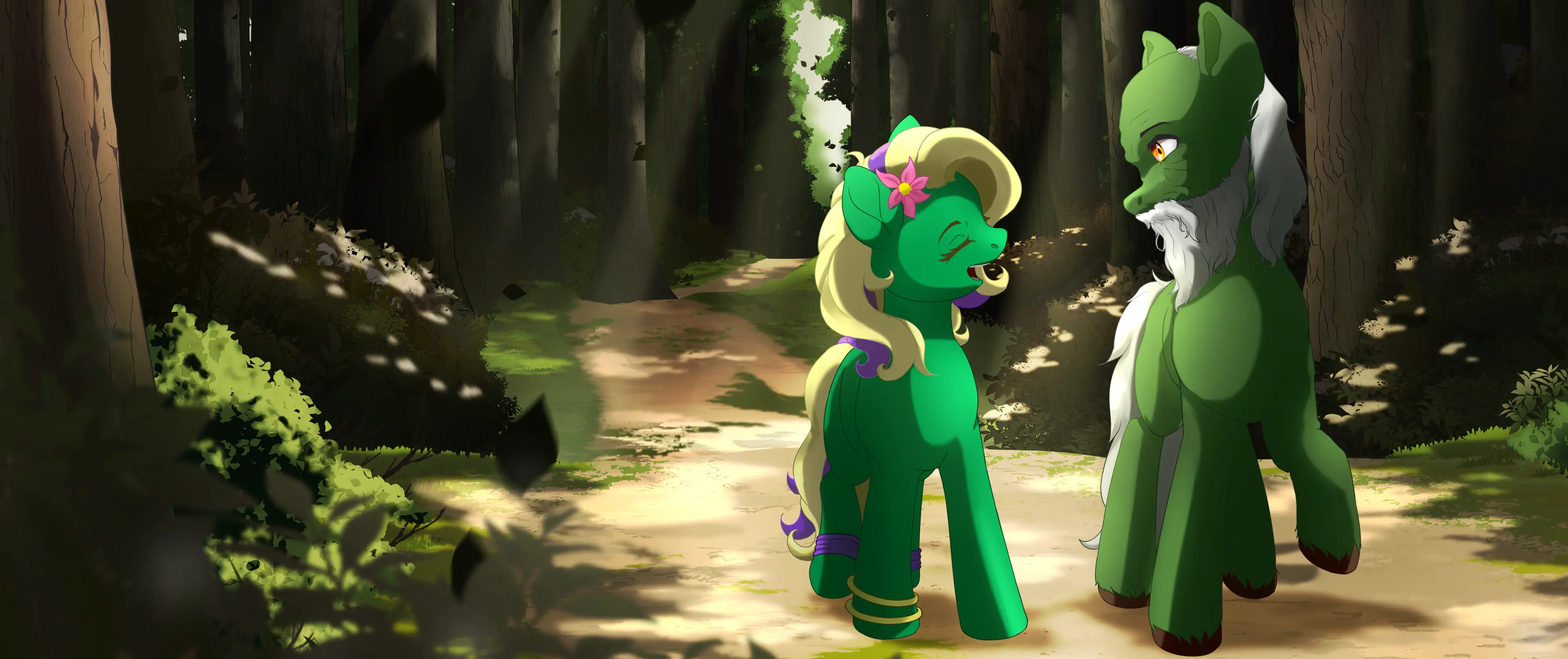First, we need to define what "exist" means. What I mean here is physical existence, as opposed to mathematical existence, which is a different thing. My definition is as follows:
If something exists physically, it means it's a part of a valid description of reality.
But what's reality? According to Philip K. Dick, "Reality is that which, when you stop believing in it, doesn't go away." I think it's a pretty good definition, because it captures an important aspect of it: consciousness (there's more about it in my earlier blog entries). Without consciousness there is no reality. Here's my version of the definition:
Reality is everything that can directly or indirectly interact with consciousness.
Which means consciousness is also a part of reality, because it can interact with itself or with another consciousness. But wait, aren't there fictional concepts that can affect our consciousness, like these colorful ponies from MLP? Not exactly. They don't exist, so they can't affect us in any way. What can affect us are the depictions of these fictional concepts, which are existing physical objects. For example an episode of MLP that we watch on our screen is something that exists, while the MLP ponies themselves are not.
Which leaves us with another question, what is "a valid description of reality"? Well, there are many ways we can describe reality. The most basic way (but not very useful in practice), is to take into account the most fundamental elements of it. According to our current knowledge, these are the elementary particles, like quarks, electrons and photons. But we can also think about larger structures built from these fundamental elements, like nucleons, atoms, molecules and so on. When we're not far away from the fundamental level, things (for example specific kinds of molecules) are pretty well defined. But when we move to larger structures like chairs, we need to use fuzzy logic, because there are objects that are "kind of like a chair, but not quite". This way we avoid problems described in the video, like the necessity of defining a boundary line between "chair" and "non-chair", which would mean it's possible to take away one atom from a "chair" to make it a "non-chair". When using fuzzy logic, these problems don't exist, because everything can have a degree of "chairness", and taking away one atom just changes it by a very small amount.
So what we do is to create a more or less vague conditions of what constitutes as a specific kind of object, like a chair, and check if the reality meets these conditions or not (or meets them to some degree). If we observe that it meets them, then we can say that there's a chair. We can also create more "exotic" kinds of objects like "trogs" and "incars" mentioned in the video, the only difference is that they are less useful in practice than the ones we use, like chairs.
So the conclusion is, I think chairs exist, as one of many ways to describe reality.
- Read more...
- 10 comments
- 1,111 views


